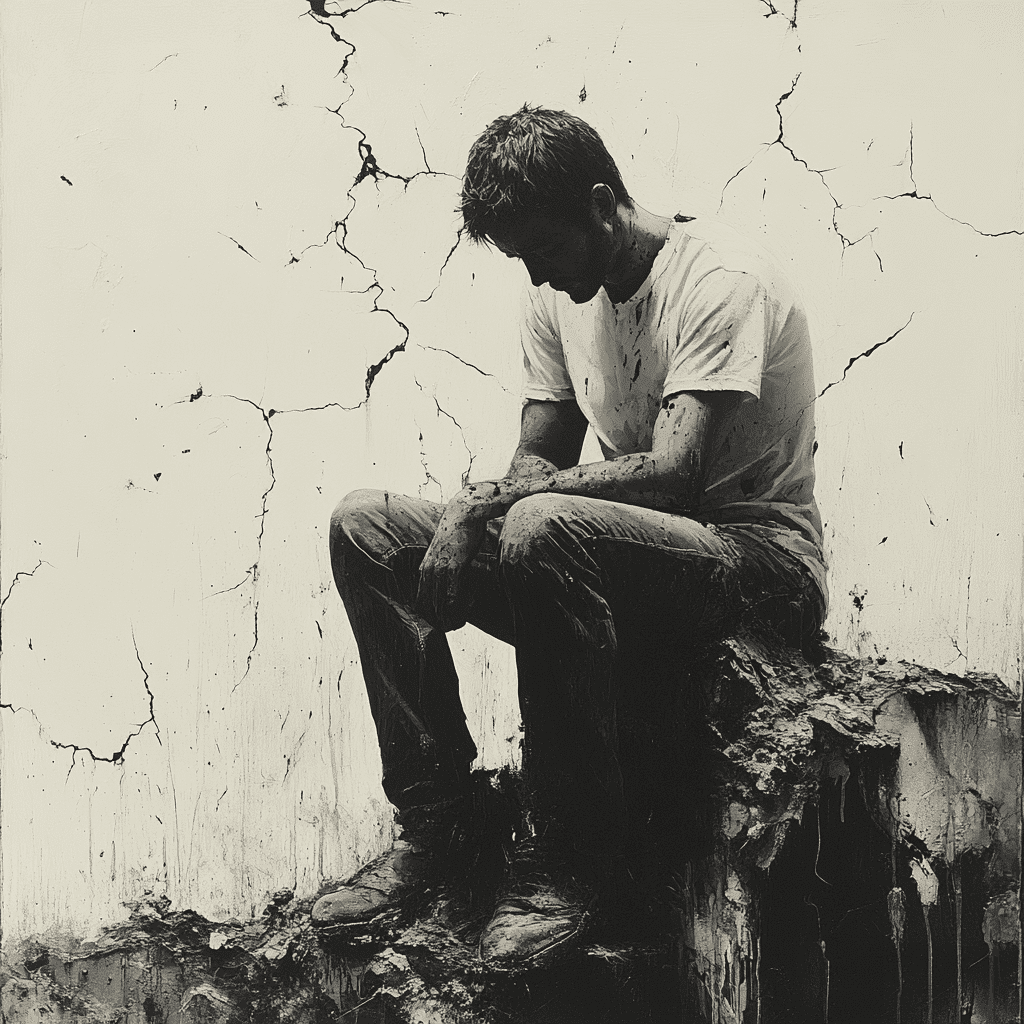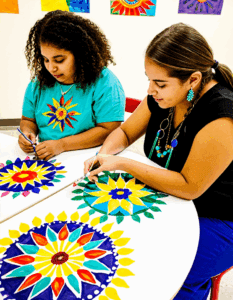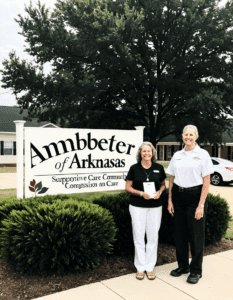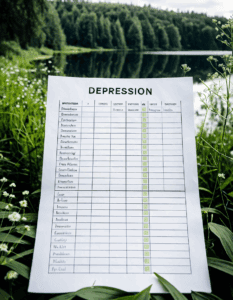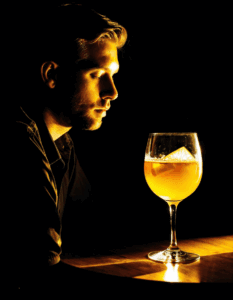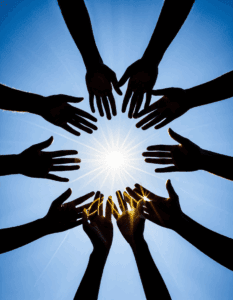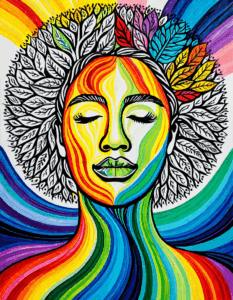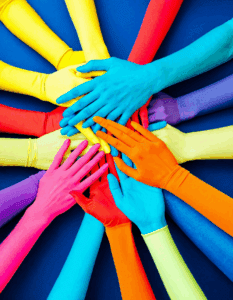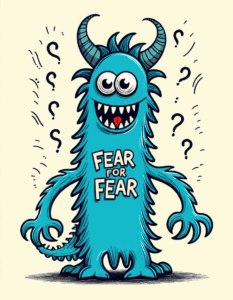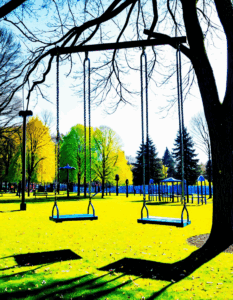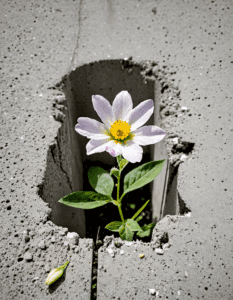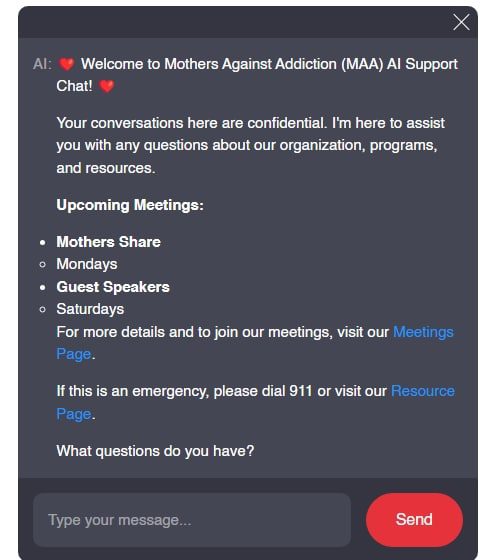Understanding the Landscape of Recovery and Rehabilitation
In the battle against addiction, the journey of recovery and rehabilitation is both a challenging and profound process. Today, more than ever, organizations and individuals are making significant strides to mitigate the devastating effects of addiction. The key to thriving in recovery involves various holistic and evidence-based approaches that have proven transformative for many families. Let’s explore the current landscape of recovery and rehabilitation and how it fosters hope and healing.
Rehabilitation provides the necessary tools and support to regain functional abilities, while recovery enables individuals to rediscover their identity, rebuild relationships, and find hope and inspiration. They often complement each other in the healing process. By comprehensively addressing physical, mental, and emotional well-being, recovery and rehabilitation can change lives profoundly.
Holistic Approaches: The Role of Wellness in Recovery Programs
Holistic wellness plays an integral role in modern recovery programs. By treating the mind, body, and spirit, recovery can be more comprehensive and sustainable. Programs such as those offered by Caron Treatment Centers advocate for a balanced approach that includes physical fitness, proper nutrition, and mental health services. Integrating practices like yoga, meditation, and acupuncture can help to manage stress and build resilience against relapse.
Key Elements of Holistic Recovery:
Holistic recovery isn’t just about quitting substances; it’s about nurturing every aspect of life to rebuild and sustain one’s health and happiness. Through these comprehensive strategies, families can see real change and find their way back to a harmonious life.
| Aspect | Details | |
| Definition of Rehabilitation | A whole system approach to recovery from mental ill health which maximizes an individual`s quality of life and social inclusion. Encourages skills, promotes independence, and autonomy to provide hope for the future. | |
| Definition of Recovery | The process of rediscovering one’s identity, rebuilding relationships, and finding hope and inspiration. | |
| Phases of Rehabilitation | • Phase 1: Control Pain and Swelling • Phase 2: Improve Range of Motion and/or Flexibility • Phase 3: Improve Strength & Begin Proprioception/Balance Training • Phase 4: Proprioception/Balance Training & Sport-Specific Training |
|
| Benefits of Rehabilitation | • Minimizes or slows down the disabling effects of chronic health conditions. • Equips individuals with self-management strategies and assistive products. • Addresses pain and other complications. |
|
| Self-Management Strategies | Techniques and tools provided to individuals to help them manage their symptoms and improve their quality of life. | |
| Assistive Products | Devices and tools to aid individuals in their rehabilitation process and enhance their functional abilities. | |
| Support Structures | • Physical therapy • Counseling • Community support groups • Medical interventions |
|
| Interconnection | Rehabilitation provides tools and support, while recovery focuses on rebuilding the individual’s identity and relationships. Both complement each other in the healing process. | |
| Outcomes of Rehabilitation | Enhanced quality of life, social inclusion, independence, autonomy, and improved community living. | |
| Outcomes of Recovery | Rediscovery of self, restored relationships, newfound hope, and inspiration. | |
| Phase | Focus Area | Description |
| 1 | Control Pain and Swelling | Initial focus on reducing pain and inflammation to prepare the body for further rehabilitation steps. |
| 2 | Improve Range of Motion/Flexibility | Activities and exercises aimed at increasing the range of motion and flexibility of affected joints and muscles. |
| 3 | Improve Strength & Begin Proprioception | Strength-building exercises and introduction to proprioception (awareness of body position) and balance training. |
| 4 | Proprioception & Sport-Specific Training | Advanced balance training and specific activities tailored to an individual’s sport or daily functional requirements. |
Evidence-Based Therapies: Trust in Proven Methods
Effective treatment programs rely heavily on evidence-based therapies. These therapies are grounded in scientific research and have been shown to provide significant benefits to individuals in recovery. Facilities like the Hazelden Betty Ford Foundation implement Cognitive Behavioral Therapy (CBT), Motivational Interviewing (MI), and Dialectical Behavior Therapy (DBT) to address the psychological aspects of addiction.
Examples of Evidence-Based Therapies:
Using evidence-based methods ensures that individuals receive care that is proven to be effective. These therapies not only help address the root causes of addiction but also equip individuals with tools to maintain long-term sobriety.
Personal Stories: Inspiration from Real-Life Examples
Hearing personal stories of recovery can be incredibly inspiring and provide hope to those currently struggling. Public figures like Jamie Lee Curtis have openly shared their journeys through addiction and into recovery, offering insightful perspectives on the challenges and triumphs involved. Their stories underline the importance of perseverance, support systems, and the transformative power of sobriety.
Notable Recovery Journeys:
These stories highlight that recovery is possible and that each step forward, no matter how small, can lead to a brighter, healthier future.
Advances in Medication-Assisted Treatment (MAT)
Medication-Assisted Treatment (MAT) has advanced significantly over the past decade, providing another critical tool in the recovery arsenal. Medications such as Suboxone and Vivitrol have shown great promise in reducing opioid dependence and preventing relapse. Integrating these medications alongside counseling and behavioral therapies has proven to be highly effective.
Key Medications in MAT:
MAT offers a balanced approach, combining medication with evidence-based therapies to address both the physical and psychological components of addiction. This combination can significantly improve the chances of successful, long-term recovery.
Community Support Systems: Building a Network of Hope
A robust support system is pivotal for sustaining long-term recovery. Community-based programs such as Alcoholics Anonymous (AA) and Narcotics Anonymous (NA) offer a sense of belonging and mutual support among individuals facing similar struggles. Additionally, family support groups like Al-Anon can provide essential resources and emotional support for relatives of those in recovery.
Importance of Community in Recovery:
Community support systems emphasize the power of collective healing and the importance of not facing addiction alone. They offer a valuable lifeline and a sense of community that heavily contributes to the recovery journey.
The Power of Aftercare and Relapse Prevention
Long-term recovery extends beyond initial treatment phases. Aftercare programs are essential to maintain sobriety and prevent relapse. Organizations like Phoenix House offer comprehensive aftercare plans that include continued counseling, peer support groups, and regular check-ins to ensure ongoing progress.
Aftercare Strategies:
These aftercare strategies are the backbone of sustaining recovery, ensuring that individuals receive ongoing support and guidance even after they leave formal treatment programs.
Innovation in Recovery: Building a Brighter Future
The landscape of recovery and rehabilitation continues to evolve, with new innovations and approaches emerging regularly. Digital health tools, such as the WEconnect mobile app, provide individuals with access to recovery resources and support at their fingertips. These technological advancements offer additional layers of structure and support, catering to the modern, mobile lifestyle.
Technological Innovations in Recovery:
These innovations are revolutionizing the way recovery services are delivered, making them more accessible and customizable to fit individual needs. They symbolize hope for the future of recovery and rehabilitation.
Embracing a New Chapter in Recovery and Rehabilitation
The journey of recovery and rehabilitation is paved with numerous challenges, but also brimming with opportunities for transformation and healing. By embracing comprehensive, evidence-based, and innovative strategies, individuals and their families can look forward to a future filled with renewed hope and resilience. As we advance through 2024, we remain dedicated to supporting those on their path to recovery, ensuring they have the tools and resources necessary to achieve lasting success.
At Mothers Against Addiction, we understand the pain and hope that comes with supporting a loved one in recovery. Together, we can make a difference. To find more resources and support, visit our addiction recovery Programs and learn more about pathways to holistic recovery.
Recovery and rehabilitation are about rewriting the story of addiction into one of healing and resilience. They underscore that no matter how trying the journey might be, hope and healing always await at the end.
Recovery and Rehabilitation: Hope and Healing Awaits
Recovery and rehabilitation offer a path to hope and healing for those struggling with addiction and their families. From understanding the essentials of getting the best support to learning fascinating trivia, this journey is packed with insights that not only uplift but also educate.
The Power of Sober Living Environments
Did you know that sober living Homes provide a transition phase for people coming out of rehab? They function as a bridge between the structured environment of inpatient treatment and the full independence of returning home. These homes often foster a supportive community, offering both accountability and camaraderie, essential elements in recovery. Surprisingly, much like someone might celebrate a happy birthday To My son in heaven, these environments often celebrate personal milestones, encouraging each resident to cherish their progress and honor their journey.
Unexpected Trivia in the Journey of Recovery
While discussing recovery, it’s noteworthy that inspirational stories can come from unlikely sources. For instance, Gypsy Rose Blanchard’s story is a gripping tale of resilience and reclaiming one’s life. Although her story is complex and layered, it underscores the importance of personal strength in overcoming life’s hurdles.
On a lighter note, did you know that achieving a balance in life, much like securing the best mortgage rate, is crucial for long-term recovery? Managed routines and financial stability can contribute to a stress-free environment, promoting a healthier mind and body.
Support Networks and Their Unique Role
Remember that Coworker friend who is always in your corner? Such support systems play a significant role during recovery. A strong network can provide emotional backing and practical help, enhancing recovery efforts. Just as you might ponder,If you pay someone’s property taxes, do you own the property?“, the value of a solid support network lies in the investment of time and care, which often yields significant dividends in a person’s recovery journey.
In essence, recovery and rehabilitation are multifaceted experiences. From the solace found in sober living homes to the inspiration drawn from unique stories, every element plays a pivotal role. Embracing these resources and trivia points can make the journey to recovery not only effective but also enriching.
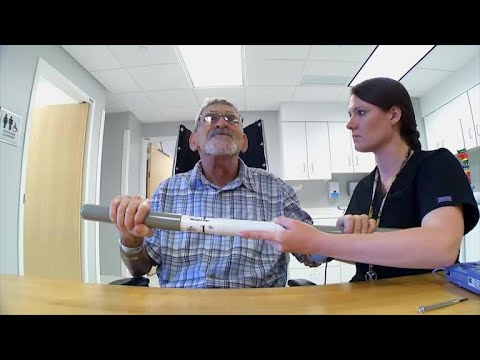
Why is rehabilitation and recovery important?
Rehabilitation and recovery are super important because they give individuals the tools and support they need to regain their abilities and lead better, more meaningful lives. They help people find themselves again, rebuild relationships, and stay hopeful.
What is recovery and rehabilitation in mental health?
In mental health, rehabilitation and recovery focus on boosting a person’s quality of life and their ability to be part of the community. It encourages developing skills and independence, giving people hope and a chance to live successfully in society.
What are the 4 stages of rehabilitation?
The four stages of rehabilitation are: controlling pain and swelling, improving range of motion and flexibility, enhancing strength and starting balance training, and focusing more on balance and sport-specific exercises.
What are the components of recovery and rehabilitation?
Recovery and rehabilitation include managing pain, improving mobility and strength, using assistive products, learning self-management strategies, and boosting social inclusion and independence.
What is the major goal of rehabilitation?
The main goal of rehabilitation is to improve a person’s quality of life and help them live independently by minimizing the effects of their health condition and teaching them practical skills.
What is the main purpose of recovery?
The main purpose of recovery is to help individuals rediscover who they are, mend relationships, and find hope and inspiration to move forward in life.
What are the three stages of recovery and rehabilitation?
The three stages of recovery and rehabilitation are acute care (immediate response), long-term monitoring and treatment, and re-integrating into everyday life with sustained support and skills.
What is the relationship between rehabilitation and recovery?
Rehabilitation and recovery work together, with rehab giving people the physical and practical means to cope, while recovery helps them find their identity and rebuild their lives emotionally and socially.
What are the four types of recovery?
The four types of recovery are physical, mental, emotional, and social. Each type focuses on specific aspects to help a person heal and get better.
What are the 4 P’s of recovery?
The 4 P’s of recovery are Plan, Prepare, Persist, and Proceed. They represent a structured approach to tackling recovery with a clear roadmap and determination.
What are the 3 R’s of rehabilitation?
The 3 R’s of rehabilitation are Revitalize (bringing back energy and liveliness), Rehabilitate (restoring health and function), and Reintegration (blending back into the community and daily life).
What are the 5 levels of recovery?
The five levels of recovery typically involve recognizing and accepting the issue, seeking help, adapting and coping strategies, rebuilding personal and social identity, and achieving lasting and meaningful recovery.
What is the most difficult part of the rehabilitation process?
The most difficult part of the rehabilitation process is often maintaining motivation and staying committed through setbacks and challenges. Progress can be slow, and discouragement can make it hard to stick with the program.
What are the 5 pillars of recovery?
The five pillars of recovery are Hope, Personal Responsibility, Education, Self-Advocacy, and Support. These components help individuals stay motivated and on track throughout their recovery journey.
What are the three main recovery techniques?
The three main recovery techniques are mindful breathing and relaxation, physical exercise, and connecting with supportive communities or groups. These techniques help keep mental and physical health in check.
What is the role of rest and recovery Why is it important?
Rest and recovery are crucial because they allow the body and mind to heal and prevent burnout. Without proper rest, the effectiveness of rehabilitation and overall health improvements might be compromised.
Why is rehabilitation services important?
Rehabilitation services are vital because they help people regain lost abilities, manage chronic conditions, and live more independently and confidently.
What is the purpose of the rehabilitation benefit?
The purpose of the rehabilitation benefit is to enhance a person’s ability to function in daily life despite having a health condition, reducing the burden on themselves and their families.
Why is rehab so important to the healing process?
Rehab is pivotal to the healing process as it provides structured support, practical skills, and continuous motivation, all essential for long-term recovery and improved quality of life.

